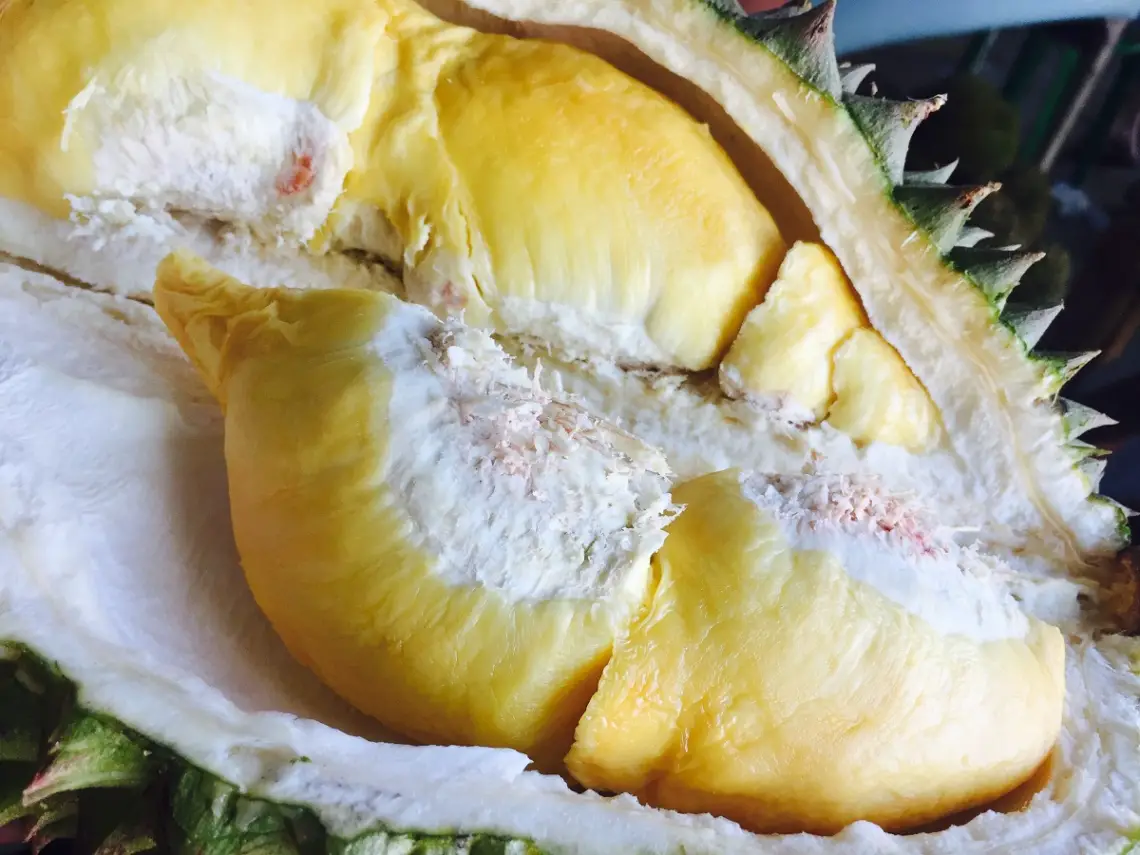
15 MUST-TRY Mindanao Food: A Foodie Lover’s Guide
Mindanao is the second largest island group in the Philippines. It’s home to some of the most beautiful tourist attractions in the country — including mountains, beaches, waterfalls, and colorful towns and cities. But aside from these, another thing that makes Mindanao stand out is its food.
You see, this island group is home to various indigenous groups who have unique culinary dishes. Moreover, a lot of the foods in Mindanao is influenced by its neighboring countries, such as Malaysia and Indonesia. Instead of the usual sweet or sour flavors in Filipino food, Mindanao cuisine incorporates more spices and ingredients, resulting in complex flavors.
Mindanao cuisine is also influenced by other factors. A lot of residents in Mindanao area are Muslims, hence the lack of pork in many dishes. A lot of cities — especially Cagayan de Oro and Zamboanga City — are situated along the coast and have an abundance of fresh seafood, making various types of fishes, crabs, and shrimps available.
The food in Mindanao is highly varied that in Zamboanga City alone, you’ll find numerous restaurants to try for a foodie adventure!
If you’re a certified foodie or someone who simply loves to eat, then Mindanao should be on your bucket list. Here we’ve compiled the best Mindanao food that you should try on your next visit.
Contents
1. Satti
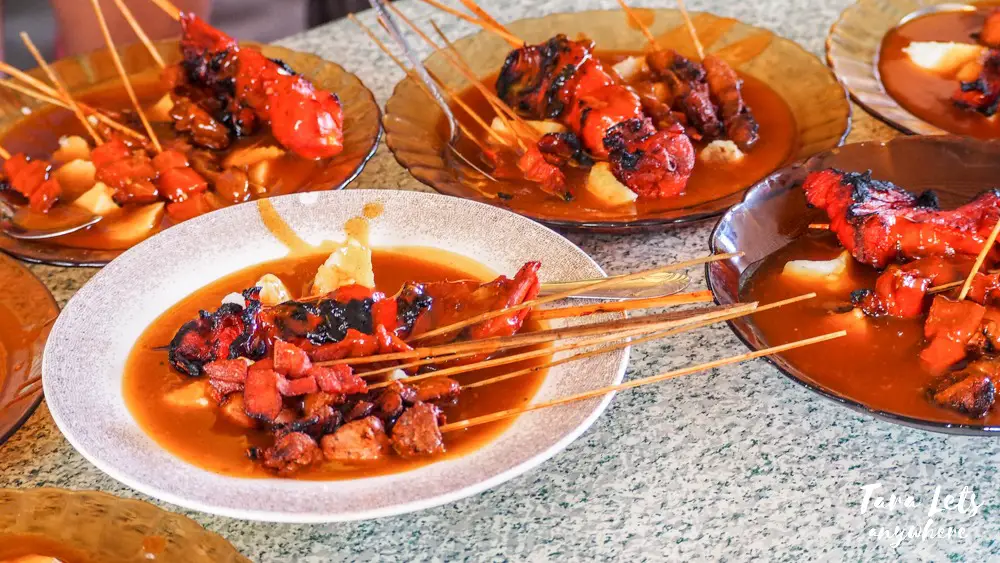
Satti is a breakfast staple predominantly found in Zamboanga, but it also served in other provinces such as Sulu, Basilan, and Tawi-Tawi.
This flavorful dish is made of marinated skewered meat (usually beef, chicken, or seafood) grilled to perfection and then served with a bowl of hot, spicy sauce that’s rich with flavors of cumin, turmeric, and a variety of local spices. It’s served with an accompanying bowl of rice soaked in the same spicy sauce.
Aside from its taste, another great thing about satti is that it is cheap and can be found in many eateries.
Satti is often likened to satay in Malaysia and Indonesia. Personally — having lived in Malaysia for a while and visited Indonesia once or twice, I think it is somewhat different (with less flavors) than the latter, although it is still a delicious dish to try.
2. Curacha with alavar sauce
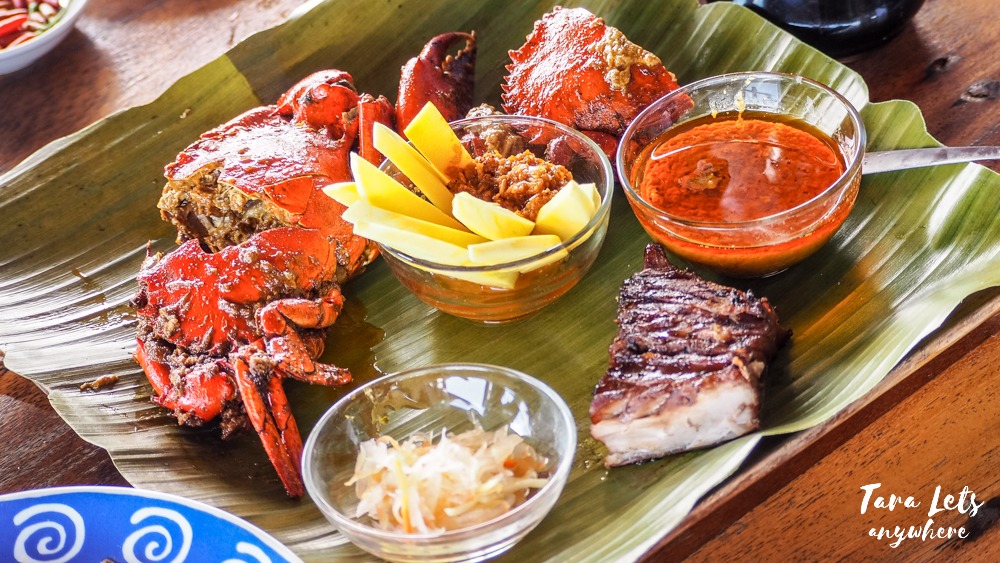
A trip to Mindanao wouldn’t be complete without sampling the famed curacha in Zamboanga. Curacha, also known as the “spanner crab” or “red frog crab”, is a local delicacy that is often served with alavar sauce, which is made from coconut milk and various spices.
You can eat curacha as is or, as we Filipinos often do, enjoy it with rice.
The best place to try curacha is Alavar Seafood Restaurant in Zamboanga City. Vista del Mar Restaurant also serves delicious curacha, with mango and bagoong as side dish.
Pro Tip: If you love the sauce, you’ll be glad to know that you can now buy it in selected stores!
3. Sinuglaw
Another must-try when exploring the food in Mindanao is sinuglaw. Sinuglaw is a popular delicacy found in places such as Cagayan de Oro and Davao City. It’s a fusion of “sinugba” (grilled), which refers to grilled pork belly, and “kinilaw” (raw), referring to fresh fish cooked in vinegar, citrus, and local spices.
The succulent smoky pork contrasts perfectly with the freshness of the seafood, making it a beloved dish by many.
4. Piaparan
Next up on our Mindanao food journey is piaparan. Also known as “piaparan na manok,” this traditional dish comes from the Maranao people, one of Mindanao’s major Muslim groups.
Piaparan is a rich and creamy chicken stew made with coconut milk, shredded coconut, vegetables, and various spices. It is topped with “palapal,” a condiment made of toasted coconut, ginger, garlic, and chili. What makes it unique from similar dishes in the country is that coconut meat is included, whereas in other dishes it is often discarded after the coconut milk has been extracted.
This Mindanao dish is often served with soup, similar to beef pares.
5. Pastil
Pastil is a common rice meal enjoyed by the Maguindanaoan people. It is often eaten as a meal on-the-go by farmers and fishermen, which makes it a part of the living tradition of the hardworking people of Mindanao.
The concept of pastil is straightforward. A scoop of “kagikit” (sautéed shredded chicken, beef, or fish) is neatly wrapped in a portion of freshly cooked rice, all of which is encased in a banana leaf. It’s cheap, filling, and delicious and certainly one of the Mindanao dishes that you should try in your visit.
6. Tiyula itum
One of the most intriguing Mindanao food is tiyula itum. This traditional Tausug dish from the Sulu archipelago is often referred to as “black soup.” Its unique, dark color is courtesy of a key ingredient – burnt coconut paste, which not only grants tiyula itum its distinctive hue but also imparts and intense smoky flavor that sets it apart.
This soup is fragrant concoction of beef or goat, simmered with spices such as ginger, turmeric, and lemongrass.
Whether you’re a food lover or a casual tourist visiting Mindanao, this is one of the best Mindanaoan food that you should include in your must-eats.
7. Latal
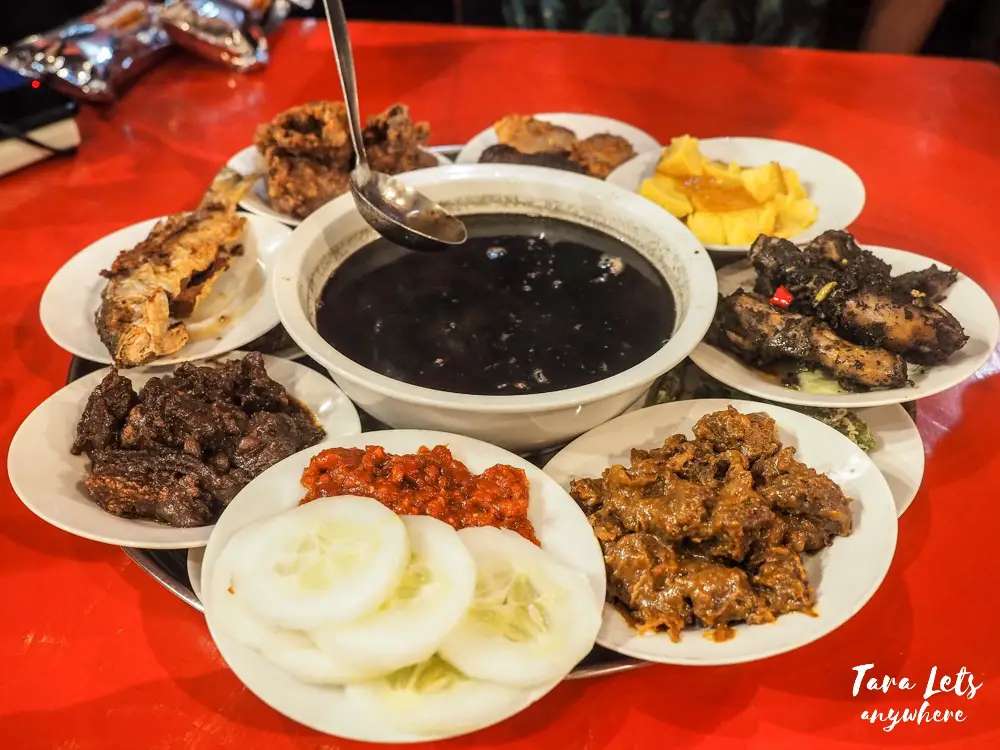
Latal isn’t just one dish, it’s a tray composed of several Tausug dishes. It is commonly served in traditional Filipino Muslim weddings, although I have also tried it in Zamboanga City (specifically in Bay Tal Mal Restaurant) and in Jolo City, the capital of Sulu.
The highlight of latal is tiyula itum, or “black soup” made from beef and goat meat. It is served with a variety of side dishes, which includes plates of chicken and beef, fried calamares, and fred fish with sliced cucumbers and sambal.
Latal is a great Mindanao food to sample for groups, as you can taste a little bit of everything in one seating.
8. Bangbang
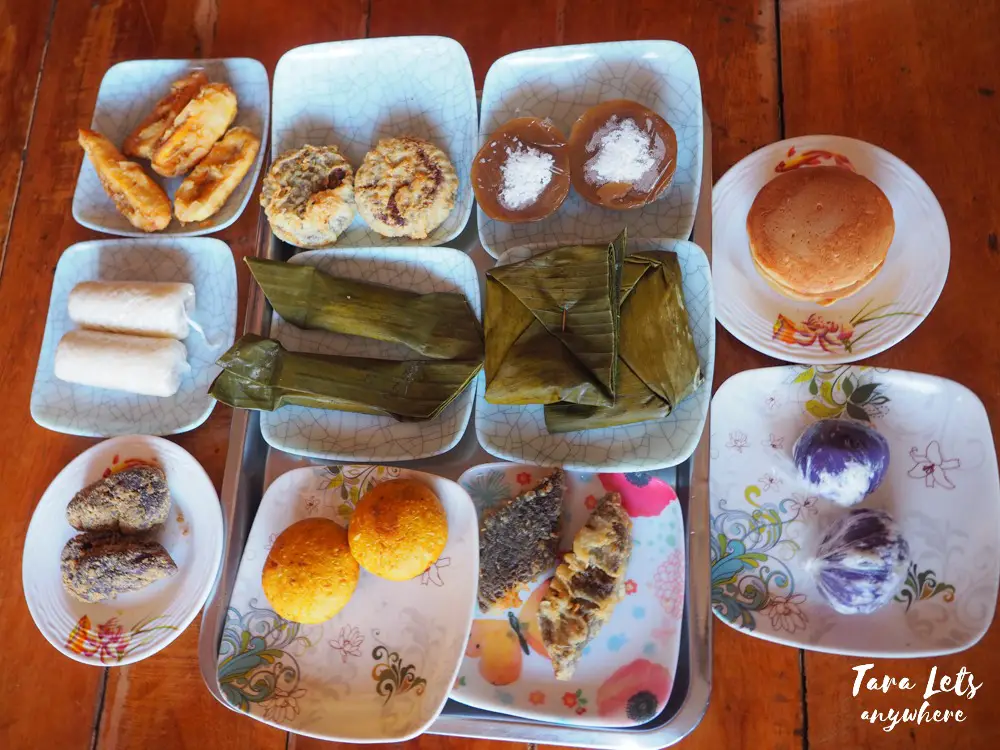
Bangbang is a set of Tausug pastries typically eaten for breakfast in Sulu Province. Having bangbang is a unique experience because the staff serves you everything in a table and you only pay for what you eat. Having all these choices is also a delight to the eyes (and tastebuds)!
Some of the pastries in bangbang include
- Daral (crepe with sweet coconut filling)
- Palikambing (fried banana balls)
- Jualan saing and jualan panggi (deep-fried bananas/sweet potato with sweet coco dip)
- Wadjit (purple glutinous rice cooked in coconut milk)
- Panggi-panggi (soft and chewy flour rings)
- Biyaki (corn cake)
- Apam (local pancake in Sulu)
- Pastil (hand pies with togue served with sweet, spicy sauce – not to be confused with the rice pastil).
Enjoy bangbang when you’re in Sulu. You can also sample it in select restaurants in Zamboanga City, such as Dennis Coffee Garden. Don’t forget to have it with kahawa sug (native robusta coffee)!
9. Rendang
Rendang is a delicious beef stew that originated in Indonesia. It was brought to the Philippines by the Maranao people and can be found in various places in Mindanao and even downtown Quiapo in Manila.
Filipino rendang is drier than the original recipe in Indonesia. It also uses palapa (a Maranao condiment made of toasted coconut and other ingredients) combined with muscovado sugar and is cooked similar to that of adobo. The resulting dish is sweet, spicy, and delicious.
Whether you’re a fan of the original rendang or you’re trying this dish for the first time, Filipino rendang is one of the Mindanao food you shouldn’t miss.
10. Beef Kulma
Beef Kulma is another treasure that Mindanao’s food scene offers. This stew is made of beef cooked in coconut milk, peanut butter, and tomato paste. It is often described as a mix between kare-kare and traditional curry.
This is a Tausug dish deeply rooted in Mindanao’s Muslim communities. It is often prepared on special celebrations such as Eid al-Adha and Eid al-Fitr. Over the years, it has become more common in regular households.
11. Knickerbocker
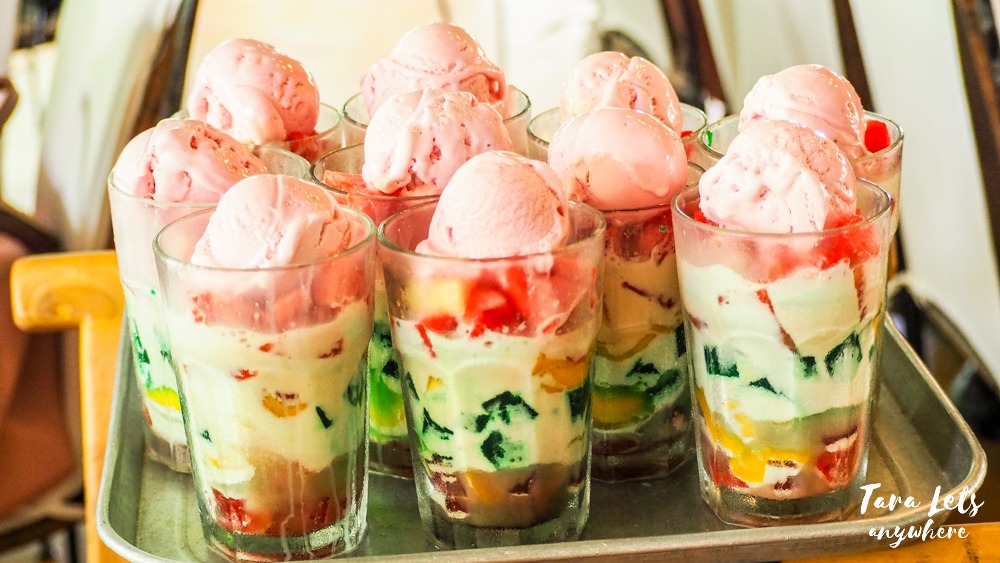
For desserts, make sure to try a cup of knickerbocker, a famous dessert in Zamboanga City. Knickerbocker is made with diced fruits (such as bananas, ripe mangoes, watermelons, and apples) tossed together with jelly and sweetened milk. The crowning glory is a scoop of strawberry ice cream on top, which adds a delightful contrast to the fresh, juicy fruits.
Knickerbocker is often likened to halo-halo but made healthier and also less sweet. For people like me who love dessert but not necessarily overly sweet dishes, it is perfect! This dessert was popularized by Hacienda de Palmeras Hotel & Restaurant. Nowadays, you can also find it in other restaurants around the city and food stalls in Paseo del Mar, a coastal park in Zamboanga City.
12. Lokot-lokot
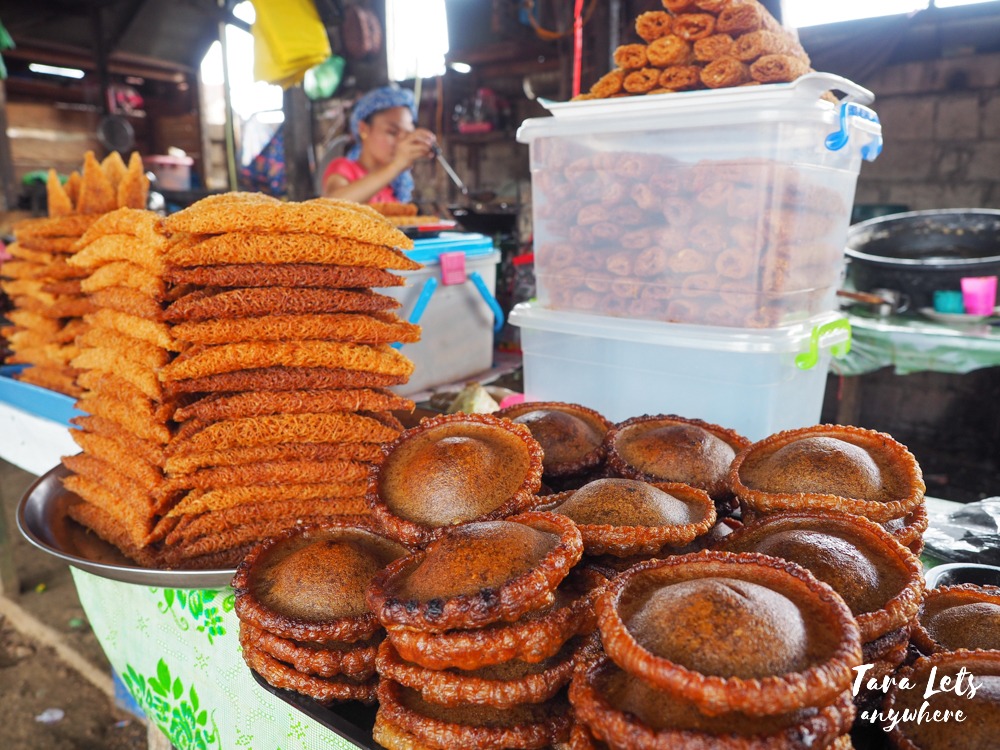
Lokot-lokot is a delicious, crunchy snack made from rice flour, sugar, and oil. It’s oily and a guilty pleasure for sure!
I had first sampled lokot-lokot in Lamitan City, where there are food stalls with vendors making it from scratch. You can then buy it freshly cooked! It is also available in pasalubong centers in Zamboanga City.
13. Sayongsong
Sayongsong is one of the most popular snacks in Surigao City, as well as other neighboring areas in Mindanao. It is a mildly sweet, ube-colored dessert made of sticky rice, which is cooked with coconut milk and sugar, and then wrapped in a cone-shaped banana leaf.
It is cheap and best eaten freshly cooked from the cauldron.
14. Durian
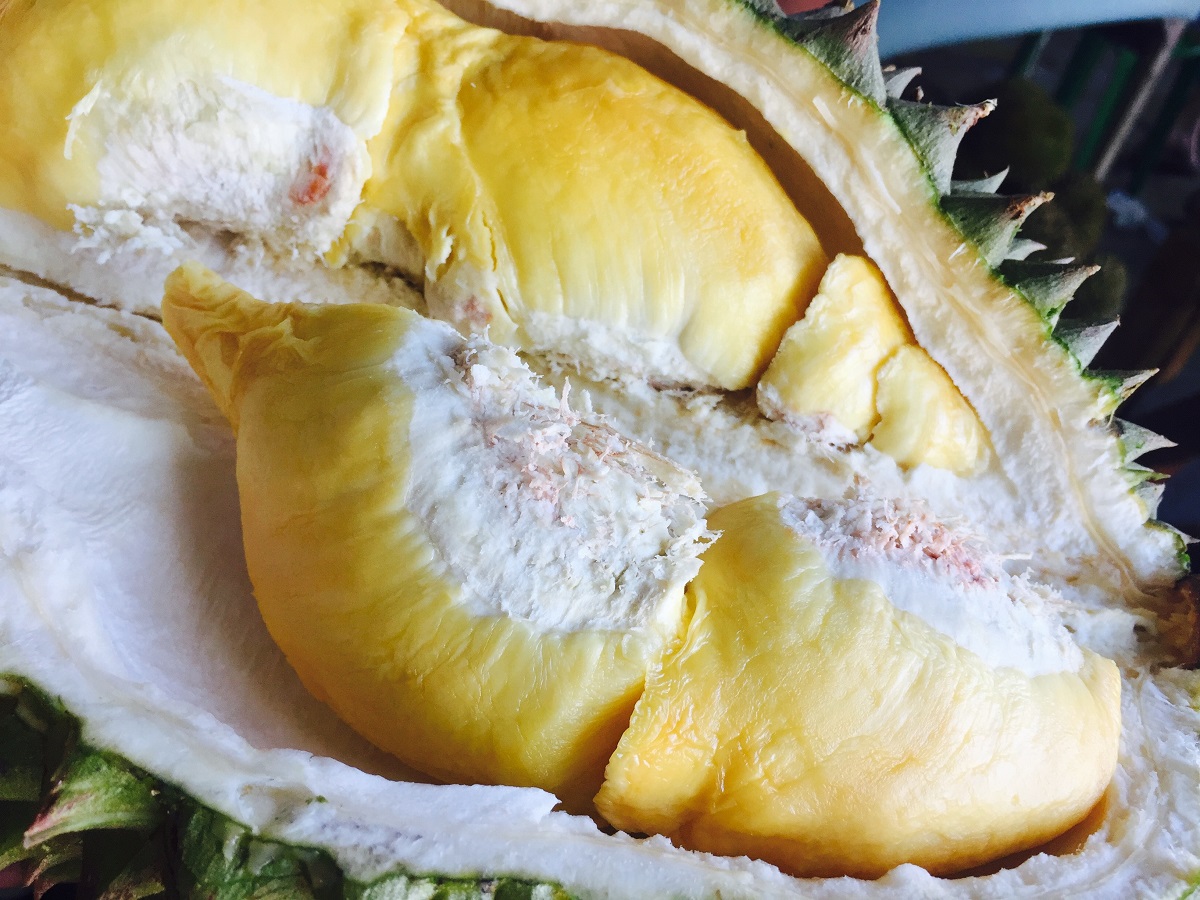
Another must-try food in Mindanao is durian. Known as the “King of Fruits,” durian is a fruit that people either love or hate due to its strong smell. Despite its notorious reputation, durian has a distinct creamy and rich taste that is loved by many. The fruit’s outer skin is covered in formidable thorns, but once cracked open, it reveals a custard-like flesh that is sweet and buttery.
Durian can be found in abundance in Mindanao, particularly in Davao City. There are numerous farms where you can taste different varieties of this fruit, each having its own unique flavor. It is often enjoyed fresh, but you can also find it incorporated in local desserts and delicacies such as durian pastillas, durian cheesecake, and even durian ice cream!
If you’re adventurous with your food choices, Durian is definitely a Mindanao food experience you wouldn’t want to miss.
15. Fresh seafood
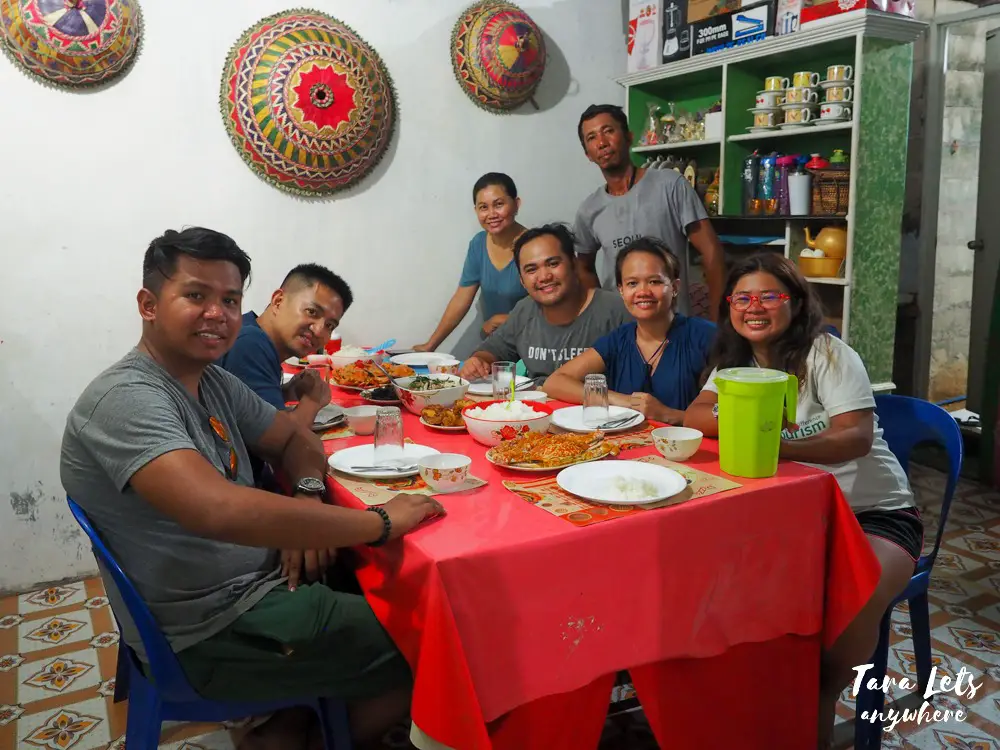
As mentioned above, there are a lot of places in Mindanao with abundance of fresh seafood. So don’t forget to order seafood delicacies when you’re in cities such as Cagayan de Oro, Zamboanga, Sulu, Basilan, or Tawi-Tawi.
One of my best foodie experiences was staying in Tawi-Tawi with our homestay host Ate Sidang, who went to the daily market everyday and cooked us all sorts of fishes, crabs, and calamares. The freshness (and delicious cooking) really makes all the difference!
Eating in Mindanao is more than just a culinary adventure, it’s also a cultural experience. A lot of the dishes in Mindanao reflect the diverse communities of the region. Each bite tells a story and takes you on a journey through the rich history, tradition, and culture of Mindanao.
So the next time you visit here, make sure to try these foods in Mindanao! Trust us, your taste buds will thank you for it!
Do you have other recommendations on what to eat in Mindanao? Do you have favorite Mindanao food that you wish to share? Let us know in the comment section below!
What to read next:
Planning a trip to Mindanao? Check out these guides:
- Best Mindanao Tourist Spots + Things to Do
- Best Beaches in Mindanao
- 15 Mindanao Food You Need to Try

Katherine Cortes is a long-time backpacker and a freelance writer/editor. She likes beaches, snorkeling trips, and relaxing staycations (preferably with bath tubs!).



